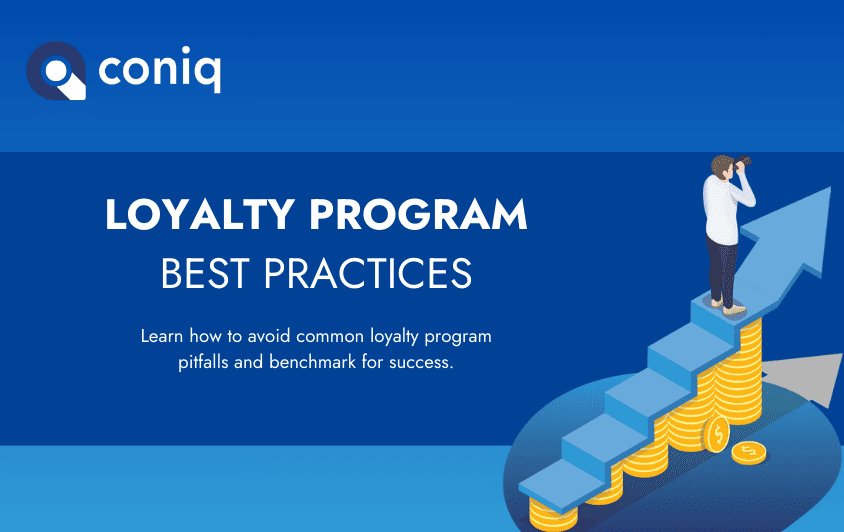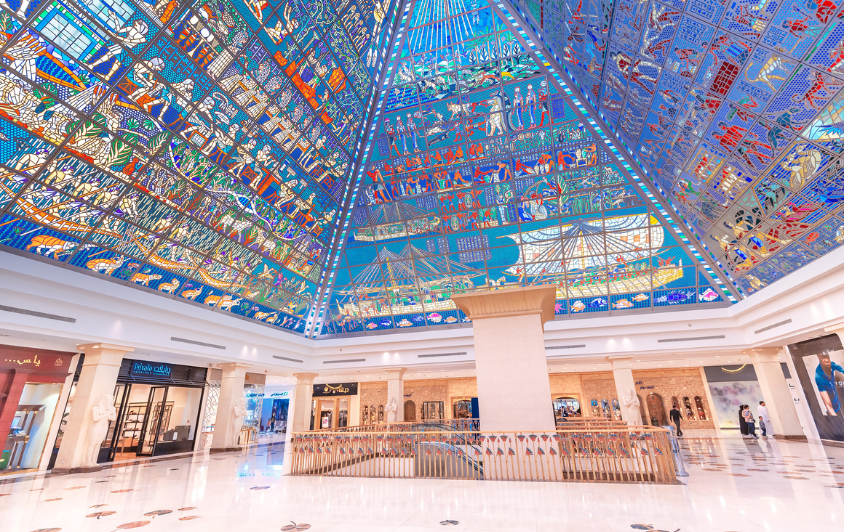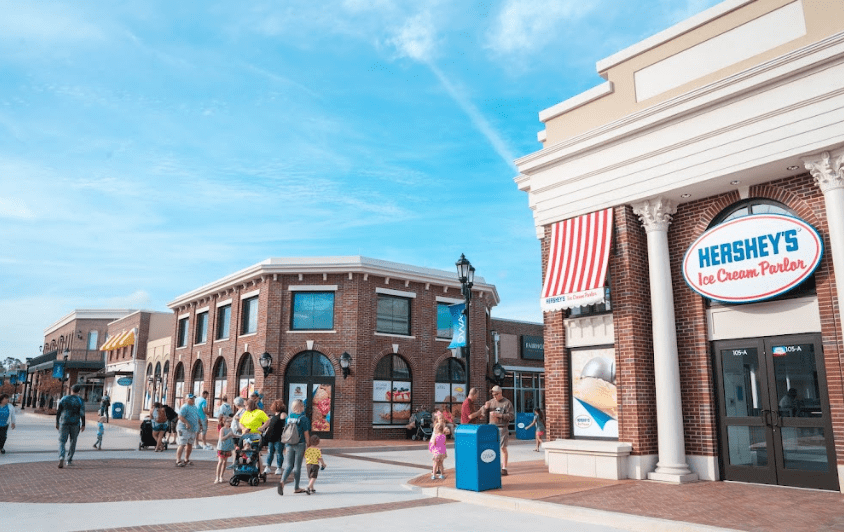How to Avoid Common Loyalty Program Pitfalls & Benchmark for Success
We already know that shopping malls with successful loyalty programs grow their revenue 2.5x faster than their competitors.
However, the key to sustained success lies in assessing and benchmarking the performance of your loyalty program. Creating a program that delivers substantial value to your customers is just the beginning; consistent monitoring, benchmarking against industry leaders, and staying on top of emerging trends are critical steps to avoid common pitfalls.
Let’s delve into two of the most renowned loyalty program success stories, Amazon and Starbucks, and what makes their programs stand out.
What does Starbucks do well, and why?
A simple points-based program at its core, Starbucks Rewards allows its customers to earn ‘Stars’ with every product purchased. These stars equate to points that can be redeemed in exchange for Rewards—like free food, drinks, and more.
The integration of gamified elements within its loyalty app provides a visual representation of progress, increasing the likelihood of sustained engagement. The app facilitates hyper-personalization, exclusive offers, and targeted marketing, contributing to 41% of Starbucks’ U.S. sales coming from loyalty program members.
What does Amazon Prime do well, and why?
In return for a small monthly fee, Amazon Prime provides free next-day delivery and exclusive discounts, they even give their Prime Members exclusive access to ‘Prime Day’ deals. Latest membership stats show that there are more than 200 million members worldwide.
Amazon Prime’s success lies in solving several customer pain points with perks like free next-day delivery, exclusive discounts, and ‘Prime Day’ deals. The program’s value proposition outweighs the membership cost, leading to a significant increase in customer spending. Amazon’s omnichannel approach and personalized experiences further contribute to the program’s success- a typical Prime user spends $1,400 per year, whereas a non-member will only spend an average of $600 per year.
How do I apply this to a Shopping Mall?
Shopping mall loyalty programs exist to serve three main objectives:
- To increase performance metrics such as foot traffic and spend
- To reward shopper loyalty and foster sustained engagement
- To create a wealth of intelligent customer data
But how can a shopping mall implement the same successful strategies as Amazon or Starbucks? The answer is simple.
Emulating the strategies of Amazon and Starbucks involves understanding and addressing customer pain points, encouraging regular engagement, and building a well-rounded offering for both tenants and customers.
Just starting out? Read our recent blog on how to build an effective strategy from the beginning. >
5 Best Practices for Shopping Malls:
- Take an omnichannel approach – Malls can seamlessly implement omnichannel experiences, combining in-store and online initiatives for a holistic customer engagement solution that engages customers no matter where they are (e.g. in-store, or at home!)
- Build a sustainable solution – Create a program that will withstand the test of time! Consider the future of your program, how it will evolve, and what steps you need to take to make this a sustainable feature of your shopping mall. Evaluate the resources you can reasonably allocate to the program, and assess whether it incorporates center-wide offers, or if rewards are exclusively contributed by tenants. This will help you build a durable program that works for you, not against you.
- Know your customers inside out – Personalization is a key tactic in loyalty program success. Utilize customer data for personalization, address individual preferences, and enhance customer and tenant experiences.
- Follow a solid marketing strategy – Actively use first-party customer data to drive engagement through multiple personalized touchpoints across physical and digital channels. Utilize your channels to actively inform, educate, and convert customers. We’re talking email newsletters; social media campaigns; bespoke apps; targeted ads or press releases. Communication is key!
- Benchmarking, optimization, and futureproofing – Define clear goals for your loyalty program, outlining what success looks like for your specific objectives. Initiate thorough market research to identify valuable insights from other retail destinations. Investing in understanding the broader market landscape is crucial to prevent complacency and stay ahead of industry trends. Regularly optimize your loyalty program to avoid the necessity for costly, large-scale corrections. This approach enables you to continuously assess and fine-tune your program, ensuring it consistently exceeds expectations and delights shoppers in the long term. By staying agile and responsive, your loyalty program can remain a dynamic and effective tool for enhancing customer engagement and loyalty.
Common pitfalls in loyalty program implementation and management
Mistakes can be costly if you don’t know what to watch out for. Let’s take a look at six of the most common mistakes:
6 Common Mistakes When Planning a Loyalty Program:
- Improper planning – Before you do anything else, you need to take time to thoroughly understand your situation. Set specific goals for your program, analyze existing data and consider your customer pain points.
- Over complication – Start simple. Don’t get carried away with complex tiers or several calls to action. You don’t want to confuse your customers before they have left the starting line. Choose a program type to suit your capabilities, you’ll be more likely to engage customers if the program is convenient and easy to follow.
- Underestimating the role of technology – How are you going to create this program? Are you going to build it internally or source a third-party provider? Customers are demanding more from retail destinations than ever before, so whatever you decide your program MUST embrace the latest technologies and ensure you deliver a seamless customer experience.
- Neglecting your data – User insights are not ‘nice-to-haves’ but form an essential pillar for program optimization. Customer data will tell you how your shoppers are feeling, what works for them, and identify areas that require attention.
- Complacency – Stay on top of the trends, strategies, and technologies that are shaping the industry. It’s important to monitor your program performance and optimize accordingly to stay ahead of your competition and avoid complacency.
Read our dedicated blog on how to avoid loyalty program failure >






